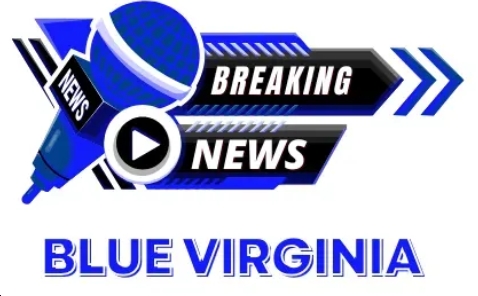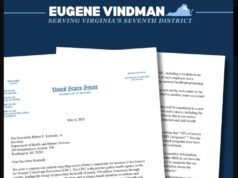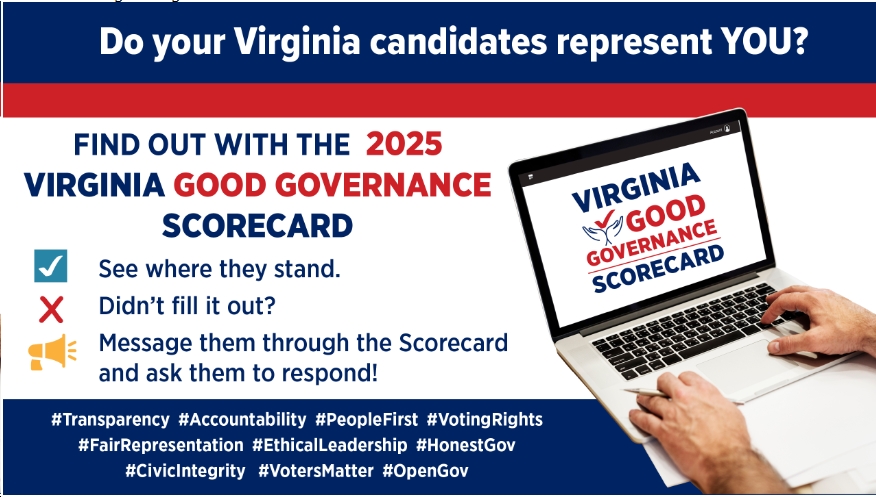Millions of people, myself included, have already voted in this election. With only a few days left, the “vast right-wing conspiracy” is running out of time to prove that Hillary Clinton is not fit to be President, that she cannot be trusted, and that she may have e-mailed ISIS our nuclear codes in exchange for donations to the Clinton Foundation. Hating Hillary Clinton has been an industry unto itself for two decades, and it’s no surprise that this election has been so ugly, especially when her opponent is a sleazy, disreputable, blowhard.
The race has certainly tightened in the final days of this election. Donald Trump has closed the gap in many battleground states; and some states that were considered part of Clinton’s firewall are getting closer to being within the margin of error.
The “rigged” media (according to Donald Trump) hasn’t been doing his opponent any favors in recent days (neither has the FBI). When the press does its job and actually covers Donald Trump – his checkered past, his lies, and his outrageous behavior – it has helped Hillary Clinton. However, the media’s hyperbolic coverage of Hillary Clinton’s e-mails has created a false equivalency between Hillary Clinton’s non-scandal scandals and Donald Trump’s actual scandals.
Hillary Clinton looks poised to capture a large majority of the youth vote. However, there are indications that the turnout among young voters will be lower than in 2008 and 2012. Further, there is a likelihood that more young voters could favor third-party candidates than in past elections.
Perhaps not surprisingly, African Americans are less enthused about Hillary Clinton than they were about Barack Obama. Reports thus far indicate that there will be a lower turnout from African Americans in 2016 compared with 2012. However, for the African Americans who do vote, a lower percentage will vote for Donald Trump than did for Mitt Romney.
Hispanic voters are likely to turn out in larger – maybe much larger – numbers than in previous elections, and will vote more Democratic – possibly much more Democratic. The Trump campaign has been hostile not just to illegal immigrants, but also to Hispanics in general – from tossing Jorge Ramos out of a news conference to claiming an American-born judge was biased against him due to his “Mexican heritage”.
The vote will be impacted along gender lines. Women are likely to vote for Hillary Clinton by a larger margin than in previous elections. This is not just because she is woman, but because of the rampant sexism exhibited throughout this campaign by Donald Trump and his supporters.
Donald Trump has alienated some Republican voters, while embracing others. He has turned off moderates and some evangelicals, but emboldened the “Alt-right” crowd and sadly even the KKK, which recently gave him its enthusiastic endorsement. In addition, Trump has an uncanny ability to use his cult of personality to encourage the support of working class voters by making outrageous promises; even though he represents a political party which has contributed to their economic woes.
Hillary Clinton has a clear advantage in her “get-out-the-vote” (GOTV) operation — much stronger than Donald Trump’s; similar to that of Barack Obama’s in 2012. In fact, I was texted twice yesterday by the campaign to make sure I had voted early. Donald Trump has focused more on rallies and booking campaign events in his own hotels and businesses than in his GOTV operation, which he’s left to the RNC.
All in all, there are trends that are good for Hillary Clinton and bad for Donald Trump and vice-versa. Hillary Clinton is fortunate that voting started in many swing states shortly after the Billy Bush tape came out. The tightening of the polls may hurt her in states that only allow voting on election day, such as Michigan, New Hampshire and Pennsylvania. All three of those races were expected to be easy victories, but are now expected to be closer than in 2012. Demographic shifts in the voting population overall favor a Clinton victory.
As of today, Hillary Clinton has an average national lead of between 2 to 3 points over Donald Trump, according to Real Clear Politics. In 2012 at this time, Barack Obama had about a 1-point lead over Mitt Romney. Obama ended up winning by 4 points.
So with that, I am laying it all on the line, making my predictions on the outcome (barring any last-minute shocking revelations in the next three days) of the presidential race. This includes projections on who will win each state and by roughly what percentage.
My prediction
I have developed a database for each state, comparing the vote count to 2012 and comparing with polls from 2016 from multiple sources. I have also followed reports on turnout in early voting as compared with 2012. All of these sources are helpful in painting a picture of the eventual outcome. At this point, it is unlikely for Donald Trump to win the election, but certainly not impossible, or even improbable. Hillary Clinton may still win with a margin of victory similar to that enjoyed by Barack Obama in 2012, or do even better, although that’s not my predicted outcome.
I foresee about 127 million votes for President; down from 129 million in 2012. I had thought turnout would be even lower, but early indications are that people are eager to vote in this highly publicized, divisive election. Third-party votes will increase from about 2.2 million votes (1.74%) in 2012 to about 6 million votes (~4.8%) in 2016.
Top three candidates
Hillary Clinton 49.2% (~62.5 million votes) compared with Obama 65.9 million (51.06%) in 2012
Donald Trump 46.0% (~58.5 million votes) compared with Romney 60.9 million (47.2%) in 2012
Gary Johnson 2.8% (3.5 million votes) compared with 1.28 million votes (0.99%) in 2012
The rest of the votes will be roughly as follows:
Jill Stein 1.05% (on ballot in 44 states + DC and a write-in candidate in 3 states) compared with only 0.36% in 2012
Evan McMullin 0.7% (on ballot in 11 states and write-in candidate in 29 states)
Others 0.25% (on ballot or write-in)
State by State
States Donald Trump wins by + 20 points: Alabama, Arkansas, Idaho, Kentucky, Nebraska (all other), North Dakota, Oklahoma, West Virginia, Wyoming
States Donald Trump wins by +10-20 points: Indiana, Kansas, Louisiana, Mississippi, Montana, South Dakota, Tennessee
States Donald Trump wins by +5-10 points: Alaska, Missouri, Nebraska (2nd District), South Carolina, Texas
States Donald Trump wins by fewer than 5 points: Arizona, Georgia, Iowa, Maine (2nd District), North Carolina, Ohio, Utah
States Hillary Clinton wins by fewer than 5 points: Colorado, Florida, Michigan, Nevada, New Hampshire, Pennsylvania, Virginia, Wisconsin
States Hillary Clinton wins by +5-10 points: Maine (all other), Minnesota, New Mexico, Oregon
States Hillary Clinton wins +10-20 points: Connecticut, Delaware, Illinois, New Jersey, Rhode Island, Washington State
States Hillary Clinton wins + 20 points: California, District of Columbia, Hawaii, Maryland, Massachusetts, New York, and Vermont
There are a few states that will likely be too close to call during the course of election night; including Arizona, Florida, Iowa, New Hampshire, North Carolina, and Ohio. Some could be within a margin close enough to trigger a recount if the electoral vote is close enough. Donald Trump will still struggle in Utah, where he’s likely to defeat Evan McMullin, but by under 5 points. He’ll beat Hillary Clinton in Utah by under 10 points.
Compared with 2012, Hillary Clinton will fare far better in Arizona, Georgia, and Texas, while Donald Trump will fare far better in Iowa, Michigan, Nevada, New Hampshire, and Ohio.
Final result
Hillary Clinton total electoral votes: 307
Donald Trump total electoral votes: 231
I predict that Hillary Clinton will not pick up any states that Barack Obama lost in 2012, while Donald Trump will pick up Iowa, Maine’s 2nd District, and Ohio.
As for down-ticket races, I predict that the Democrats will retake the Senate 51-49, and that they will pick up at least 10 house seats.
We’ll see if I’m right come Tuesday night when this endless campaign will finally come to a hopefully merciful end!


 Sign up for the Blue Virginia breaking news newsletter
Sign up for the Blue Virginia breaking news newsletter









![Video: Speaking to a Packed, Fired-Up House at the Opening Night of the 2025 VA Women’s Summit, Sen. Tim Kaine Rips Youngkin – “If you won’t stand up for [UVA], will you stand up for ANYTHING?!?”](https://bluevirginia.us/wp-content/uploads/2025/06/kainewontstandup-100x75.jpg)

